|
|
|
What the Chelm's three albums present a wide variety of music from Israel,
favorites of the Yiddish theater of the 1920s, Ladino (Spanish/Hebrew) songs
from the Jewish communities of Spanish, Balkan and Middle Eastern countries,
and an occasional show tune classic with a tinge of the Jewish musical
idiom. Listen to samples from the band's albumsó'Til
Chelm Freezes Over, What
the Chelm! and Oy! They're Back!
|
|
|
|
On its most recent CD, What the Chelm re-interprets old gems of the genre
and introduces new ones.
Lyrics
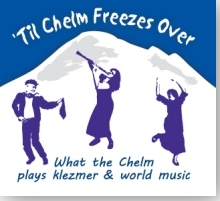 |
-
 Uva'u Ha-ovdim - And The Lost Ones Shall Come, written by Shlomo Carlbach, "The
Singing Rabbi"
Uva'u Ha-ovdim - And The Lost Ones Shall Come, written by Shlomo Carlbach, "The
Singing Rabbi"
 Chelm and Eggs
- A tune in polka rhythm written by the band's own Lou Lippman
Chelm and Eggs
- A tune in polka rhythm written by the band's own Lou Lippman Y'vorech
- Bless, the Hebrew words are from Psalms 115:12
Y'vorech
- Bless, the Hebrew words are from Psalms 115:12 B Flat Minor Bulgar
- composed by Dave Tarras, possibly the most famous 20th century
klezmer musician
B Flat Minor Bulgar
- composed by Dave Tarras, possibly the most famous 20th century
klezmer musician Sheyn Vi Di L'voneh
- Beautiful as the Moon, a Yiddish favorite
Sheyn Vi Di L'voneh
- Beautiful as the Moon, a Yiddish favorite Shir Ha-emek
- Song of the Valley, a classic Israeli song written in the 1930s
Shir Ha-emek
- Song of the Valley, a classic Israeli song written in the 1930s Bulgar Freylach #12
- another lively dance from Eastern Europe
Bulgar Freylach #12
- another lively dance from Eastern Europe Chorshat Ha-ekaliptus
- The Eucalyptus Grove, written by Israeli songwriter Naomi Shemer
Chorshat Ha-ekaliptus
- The Eucalyptus Grove, written by Israeli songwriter Naomi Shemer The Tongue
- written by Merlin Shepherd, one of the world's leading klezmer clarinetists
The Tongue
- written by Merlin Shepherd, one of the world's leading klezmer clarinetists Sisu
- Rejoice, a rousing Israel song by Akiva Nof
Sisu
- Rejoice, a rousing Israel song by Akiva Nof Freylach #4
- freylachs were traditionally played at celebrations to get
everyone dancing
Freylach #4
- freylachs were traditionally played at celebrations to get
everyone dancing Second Hand Rose
- originally written for the Ziegfeld Follies of 1921, first sung by Fanny Bryce
Second Hand Rose
- originally written for the Ziegfeld Follies of 1921, first sung by Fanny Bryce Odessa Bulgarish
- Bulgar from Odessa, first recorded in 1919
Odessa Bulgarish
- Bulgar from Odessa, first recorded in 1919 V'ha-er Eineinu
- Bring Light to Our Eyes, a powerful and joyous melody
V'ha-er Eineinu
- Bring Light to Our Eyes, a powerful and joyous melody Kostakowski's Bulgar 1
- transcribed by Wolff Kostakowski in 1916
Kostakowski's Bulgar 1
- transcribed by Wolff Kostakowski in 1916 Hal'lu
- Give Praise, a song of praise with a driving, syncopated beat
Hal'lu
- Give Praise, a song of praise with a driving, syncopated beat V'David Yafeh Einayim
- David of Beautiful Eyes
V'David Yafeh Einayim
- David of Beautiful Eyes
|
|
|
|
|
The band's second recording continued to expand the band's extensive
repertoire.
|
|
|
|
What the Chelm's first album includes selections taken from a variety of
Jewish musical themes of the last one hundred years.
|
|
|
|
|
|
|
|
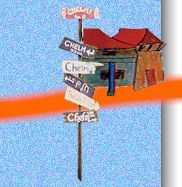
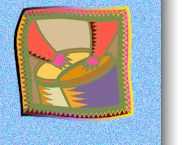
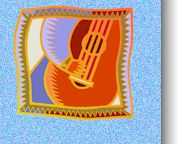
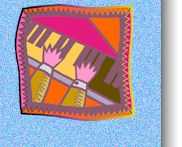
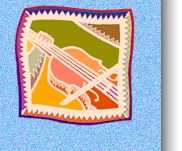


 Chelm and Eggs
Chelm and Eggs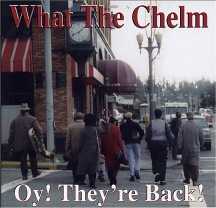
 Araber Tantz
Araber Tantz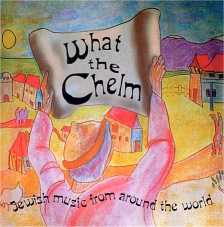
 Erev Shel Shosahnim
Erev Shel Shosahnim